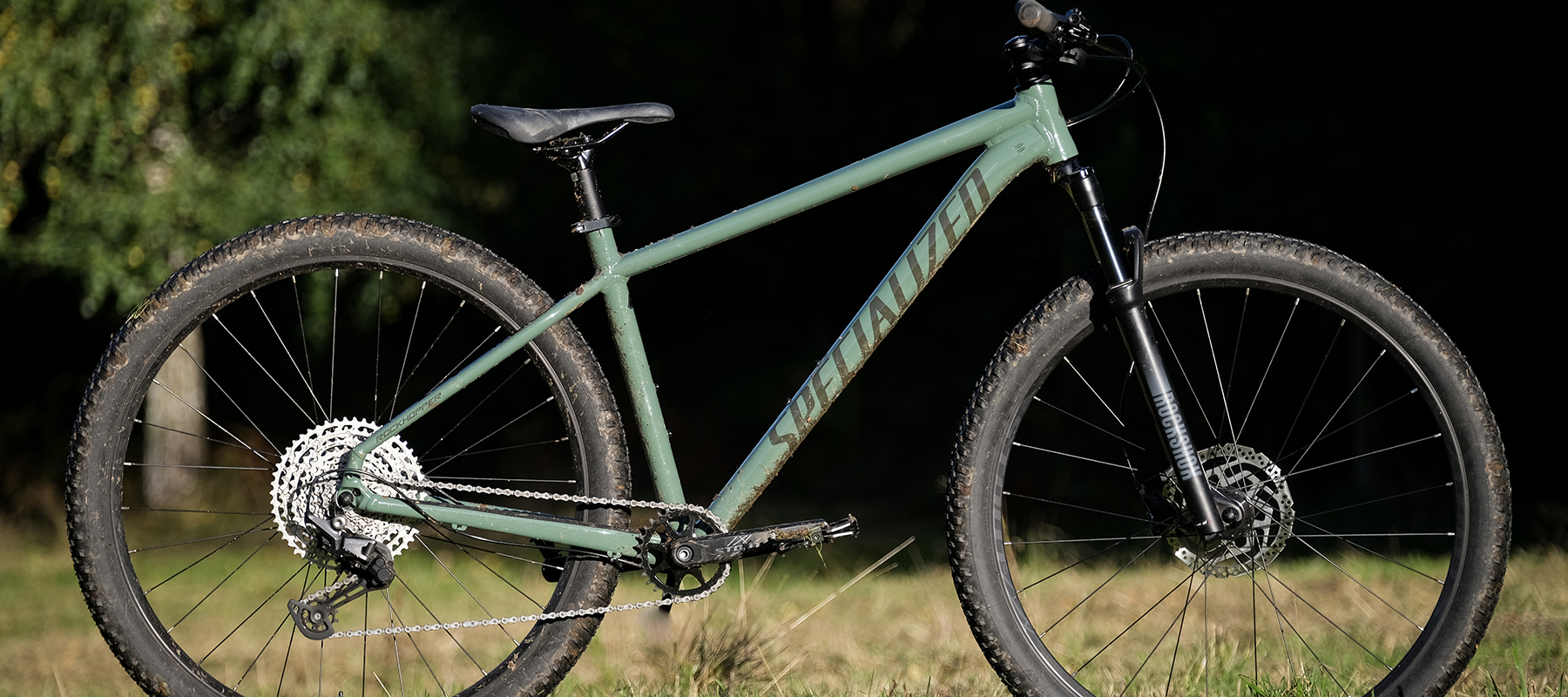Bike Perfect Verdict
The latest Specialized Rockhopper Elite 29 offers an engaging ride and modern geometry that excels on most trails. Best-in-class brakes mean speeds can be slowed with confidence, but limited upgrade potential makes the bike a one-off splurge as opposed to a future-proof investment.
Pros
- +
Low weight
- +
Urgent and fast feel
- +
Fantastic brakes
- +
Air sprung fork
- +
Huge gear range
Cons
- -
Straight head tube limits upgrade potential
- -
QR front and rear
- -
Strange spec differences between sizes
- -
Small volume tires
- -
No dropper
Why trust BikePerfect
The Rockhopper has been part of Specialized’s lineup since 1985, and ever since its release it’s been one of the most sorted options for new riders getting into mountain biking.
For information on Bike Perfect's testing procedures and how our scoring system works, see our how we test page.
The latest version we have here sports an impressively low weight and a smooth engaging ride, but with several design features severely limiting upgrade potential, it’s hard to recommend to riders who are wanting to enhance the performance of their ride as time goes on.
Does the Rockhopper have what it takes to be one of the best sub $1500 bikes? Keep scrolling as Bike Perfect hits the trails to find out.
Design and geometry
At the heart of the Rockhopper Elite lies an A1 butted aluminum frameset that utilizes a low-slung top tube, a chunky ovalized downtube and sleek stays that give a really premium look and feel. With a suitably low 305mm bottom bracket that positions you 62mm below the axles, and a 68.5 degree head angle paired with a 445mm reach (size Large), the Rockhopper projects well on the trail.
While short chainstays are all the rage, Specialized has opted to run a 440mm back center here, which places the Rockhopper’s rear end at the longer end of the spectrum – I presume this move was made to better suit the Rockhopper’s XC intention, along with providing a balanced ride feel throughout the wide S to XXL size range.
Specialized has gone to great detail to ensure the Rockhopper’s aesthetic is as good as it can be, and by hiding rack mounts inside the stays and featuring a sleek chainstay bridge that doubles as a kick stand mounting point, the overall frame is pleasing to the eye. I'm a huge fan of the army green colorway too, but for those who aren’t, Specialized also offers the Rockhopper Elite in an additional two colorways.
Internal cable routing provides a neat and quiet ride, and there’s space for a fully internally routed dropper should you want to upgrade in the future. But while the cable routing is slick, the quality of the inside of the seat tube itself was sub-par, and due to a lack of reaming my seat post was scratched up right from the off.
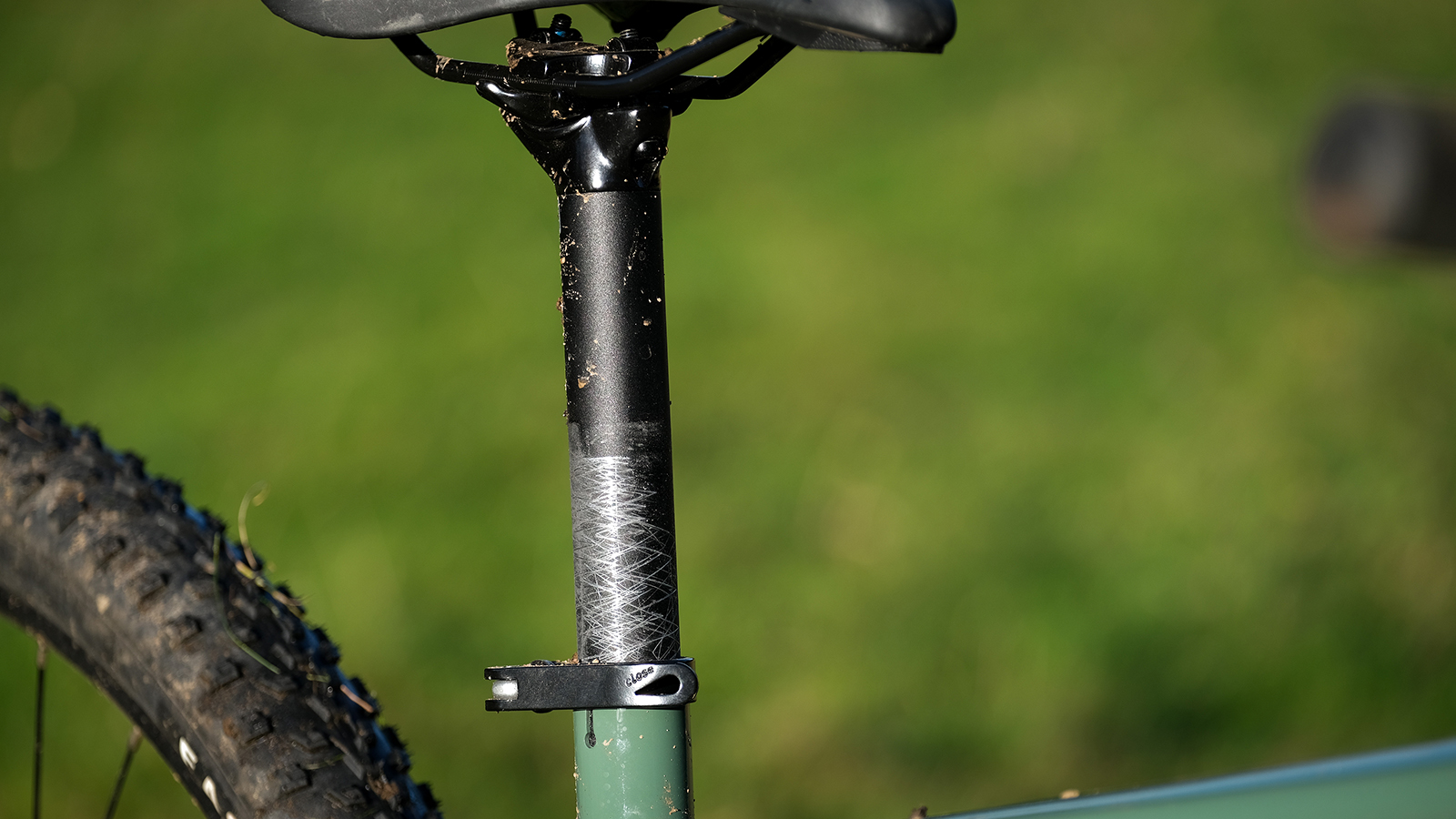
While lots of small details have been stressed, it's strange that several larger, fundamental parts of the design have been missed – the most obvious one being the straight non-tapered head tube. With pretty much all of the best aftermarket forks in 2022 only being available with a tapered 1-18/1.5in steerer option, it seems odd for Specialized to make such an oversight which really limits the Rockhopper’s future upgrade potential. While I do understand that bikes in this price bracket have been hit the hardest following the global pandemic, I can’t help but feel this decision is limiting the Rockhopper’s general sustainability beyond 2023.
I tested the 29er version, but Specialized also offers the Rockhopper Elite with 27.5in wheels. While smaller wheels this would add an aspect of playfulness to the Rockhopper’s ride, I do think the bike's nature and focus is best suited to bigger 29in hoops.
Components
A straight head tube requires a straight steerer, but thankfully Specialized has selected the excellent RockShox Judy Solo Air fork to provide comfort and grip up front. Having an air-sprung damper means the fork can be adjusted specifically to any rider's weight, which in turn should offer an increase in composure over a more basic coil-sprung fork, similar to the sub-par option that’s fitted to the Trek Roscoe we tested alongside the Rockhopper. While the Judy itself is a component highlight it’s strange to see that different frame sizes get different amounts of fork travel – the small gets 80mm, the medium gets 90mm while large and bigger get 100mm; this is a specification choice that is going to give smaller riders a compromised performance on the trail.
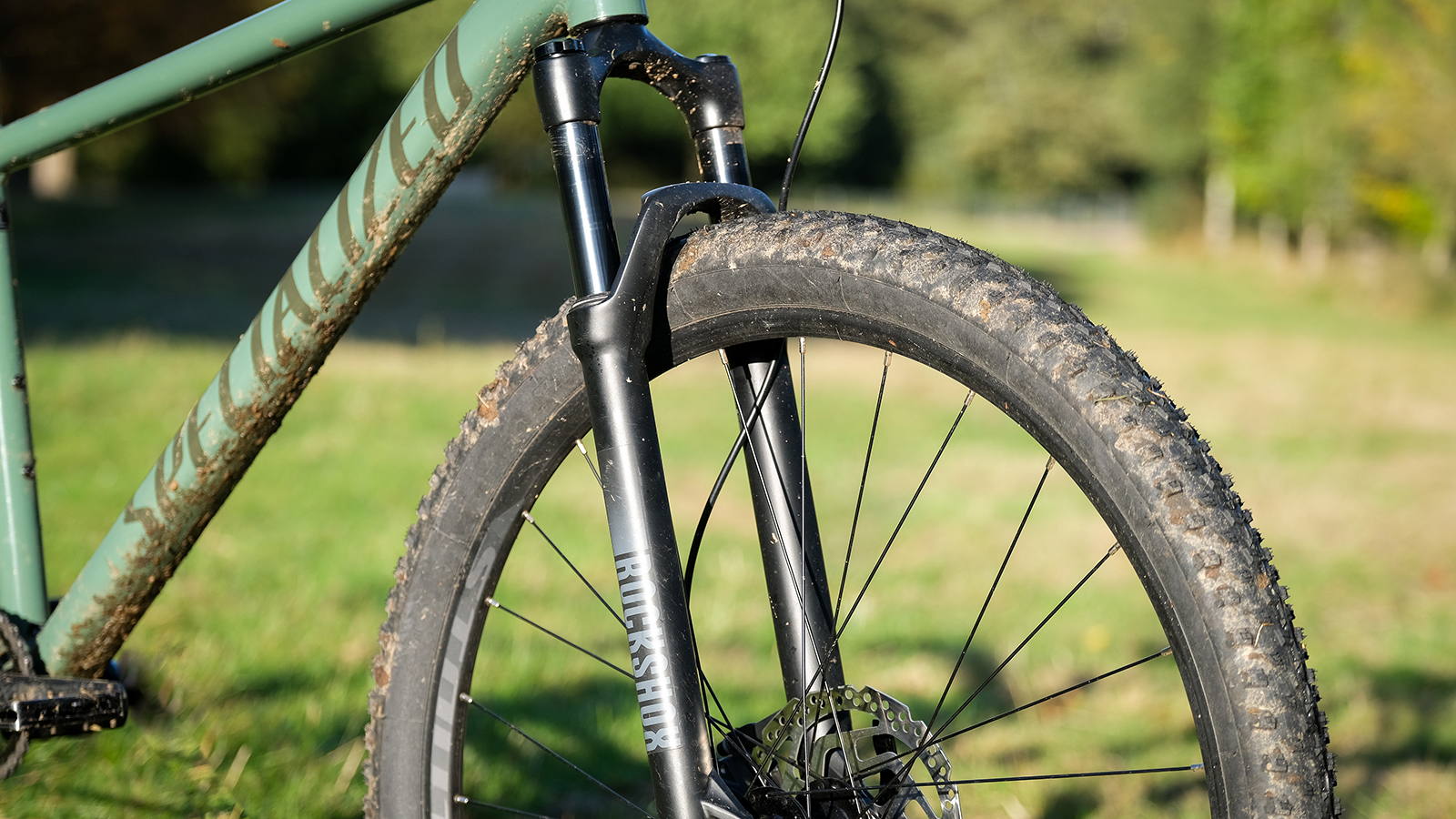
Unfortunately the same goes for stem lengths too, as larger frame sizes get longer stems, another specification choice that is going to offer different characteristics between the various frame sizes – in reality it just means the taller you are, the worse your handling characteristics are. Thankfully the stem is an easy switch and the stock 740mm bar is a solid and comfortable shape, if a little narrow by current day standards.
It’s not all negative in the component department though and the 11-speed Shimano Deore provides smooth and reliable shifting throughout the enormous 11-51t cassette. The Deore derailleur also features a clutch which helps to keep chain slap to a minimum. But the best component on the whole bike is by far the brakes, and Shimano’s MT200 hydraulic disc units provide best-in-class power, feel and reliability.
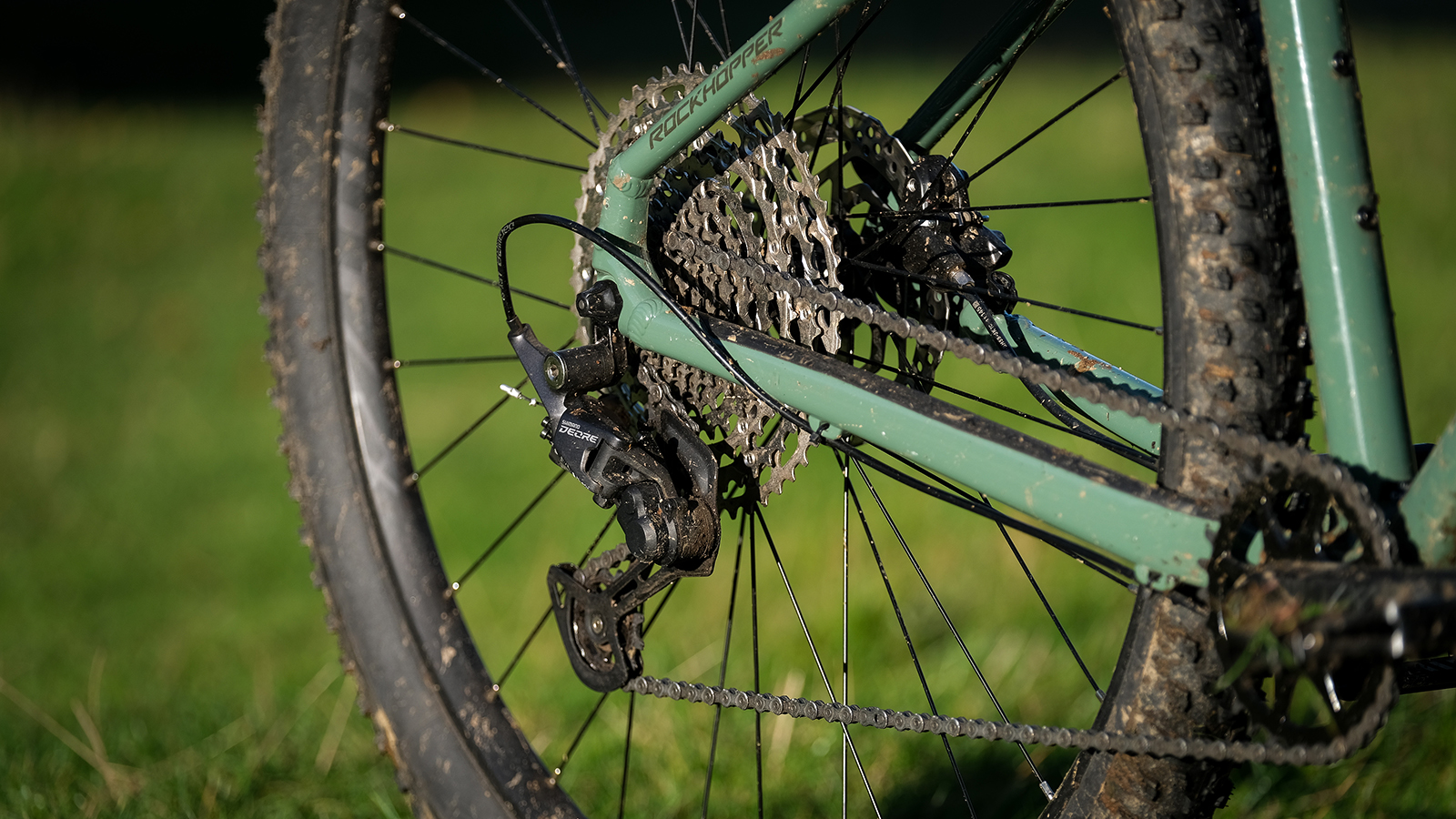
Keeping the Rockhopper rolling is a set of 25mm internal rims laced to smooth rolling Formula hubs. Both the front and rear use a traditional quick-release axle system. Specialized’s own Fast Trak tires roll fast but they’re undersized by modern standards and the relatively firm T5 rubber compound prioritizes rolling resistance over grip.
Ride, handling and performance
Thanks to the generous bottom bracket drop, the Rockhopper feels natural and confident on the trail, and when riding back-to back with the more cramped and dated feeling Trek Roscoe 6, the Rockhopper’s low and stable riding position gave me the confidence to push harder almost everywhere. To complement this ‘in the bike’ feel I would like to see the head angle slackened a degree or two though, and while it would dilute the addictively snappy nature slightly, I do think it would unleash the Rockhopper’s full descending potential and maximize fun.
The Rockhopper provides procession and smoothness on the trail, and massively contributing to this smoothness is the Rockshox Judy fork. An air-sprung fork means rider-specific tune-ability to an individual’s weight, and the performance enhancement it gave over roots, through slick off camber sections and over fast repeated hits just echoed how it’s a vital component for bikes around the $1,000/£1,000 price point. The fact that it’s a straight steerer matched with a non-tapered head tube is a real sour grape though, as it leaves next to no upgrade potential in the fork department should you be looking for even greater performance down the line.
The low 13.2kg weight means the Rockhopper feels eager to surge up and along the trail – something that encouraged me to get out the saddle and sprint through the next section of track with enthusiasm. Along with the fact that the huge range cassette provides a suitable gear for any gradient, I think the Rockhopper would be a stellar option for riders who favor climbing and long-ride efficiency. The biggest thing that limits riding fluidity is the lack of a dropper post, and it’s something I’d like to see on a hardtail at this price.
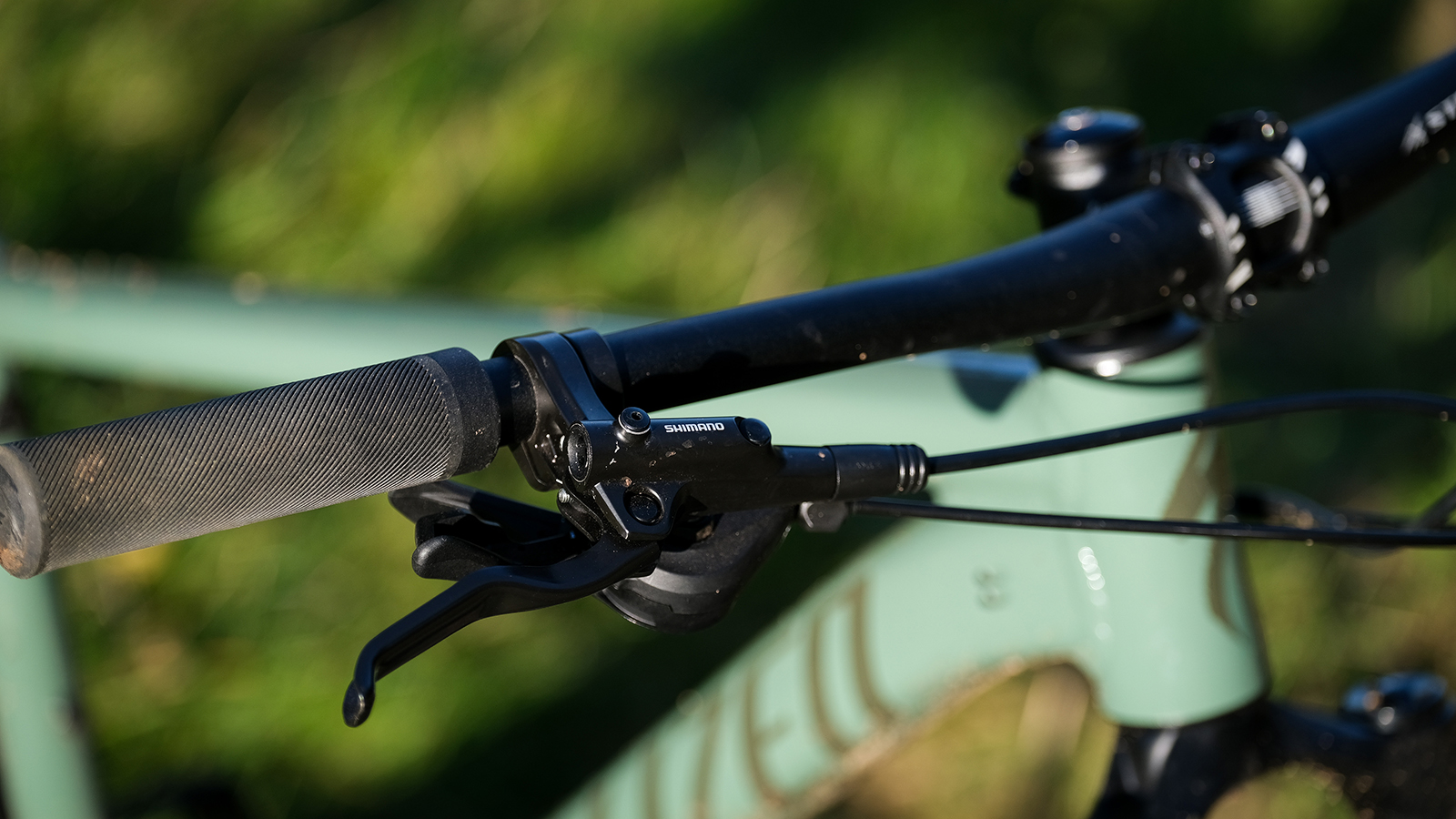
The best-in-class brakes from Shimano provide the feel and power to slow speeds in a controlled manner with just one finger on the lever. But the biggest cause of compromised traction are Specialized’s own FastTrak tires, and while they do roll fast the hard rubber compound and narrow width proved to be sketchy as soon as I remotely begin to push on the trail. As a result, swapping to a bigger volume gripper front tire would be the first alteration I’d make to the Rockhopper Elite.
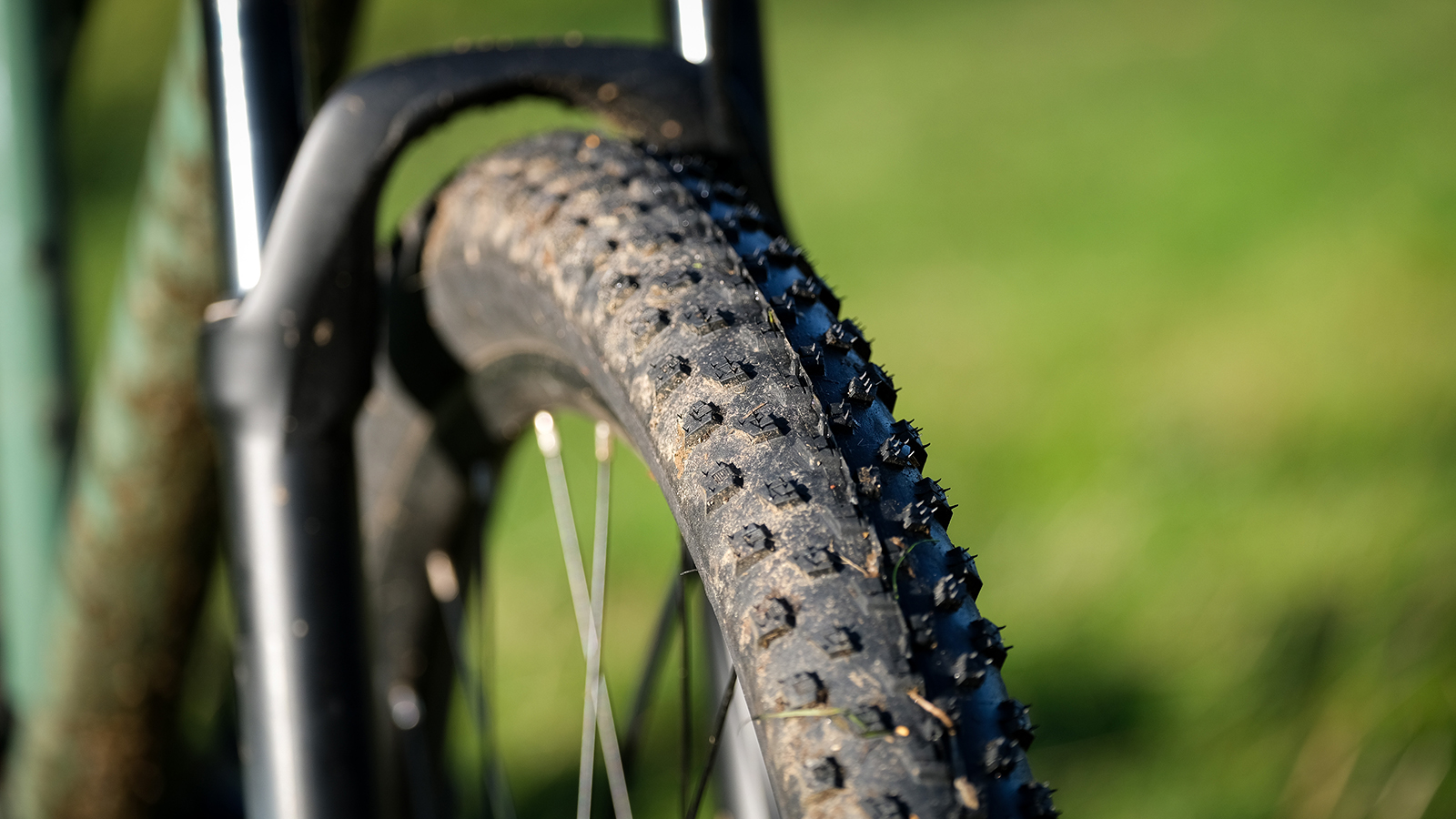
Verdict
Summarising the Rockhopper is tricky as its composed shape, great feel and low weight provide some highly desired traits on the trail. However, while I understand bikes in this price bracket have been the main victims of the recent global pandemic, it’s hard to recommend a bike to someone that is heavily compromised in component longevity and upgradability – after all, $1,150 / £949 still isn’t bargain biking. That being said, if you think you’re a rider who will keep things stock and just ride, the Rockhopper’s trail prowess, excellent brakes and sorted gearing make it a great riding option that should provide years of fun.
Tech specs: Specialized Rockhopper Elite 29
- Model name: Rockhopper Elite 29
- Discipline: Entry-level trail
- Price: $1,150 / £949
- Head angle: 68.5 degrees
- Frame material: Alloy
- Sizes: S to XXL
- Weight: 13.2kg (large tested)
- Wheel size: 29x2.3in
- Suspension (front): 100mm travel, 46mm offset
- Groupset: Shimano Deore 1x11-speed
- Crank: Stout 30T alloy
- Brakes: Shimano MT200 with 180/160mm rotors
- Tires: Specialized Fast Trak T5 29x2.35in tires on 25mm rims
- Bars: Stout Mini Rise 740mm
- Seat post: Unbranded 31.6mm
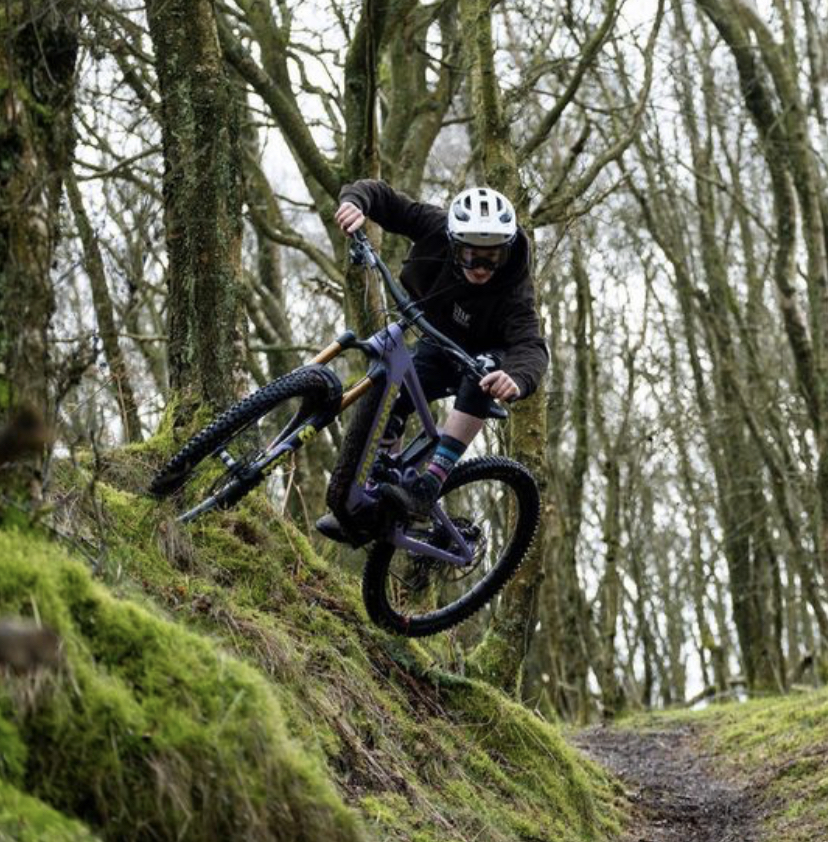
Jim Bland is a product tester and World Cup downhill mechanic based in North Yorkshire, England, but working Worldwide. Jim’s chosen riding genre is hard to pinpoint and regularly varies from e-bike-assisted shuttle runs one day to cutting downcountry laps the next. Always on the hunt for the perfect setup, Jim will always be found comprehensively testing kit with World Cup racing levels of detail. His ultimate day out includes an alpine loam trail, blazing sunshine, and some fresh kit to test.
Rides: Santa Cruz Hightower, Santa Cruz v10, Specialized Kenevo.
Height: 170cm
Weight: 64kg
